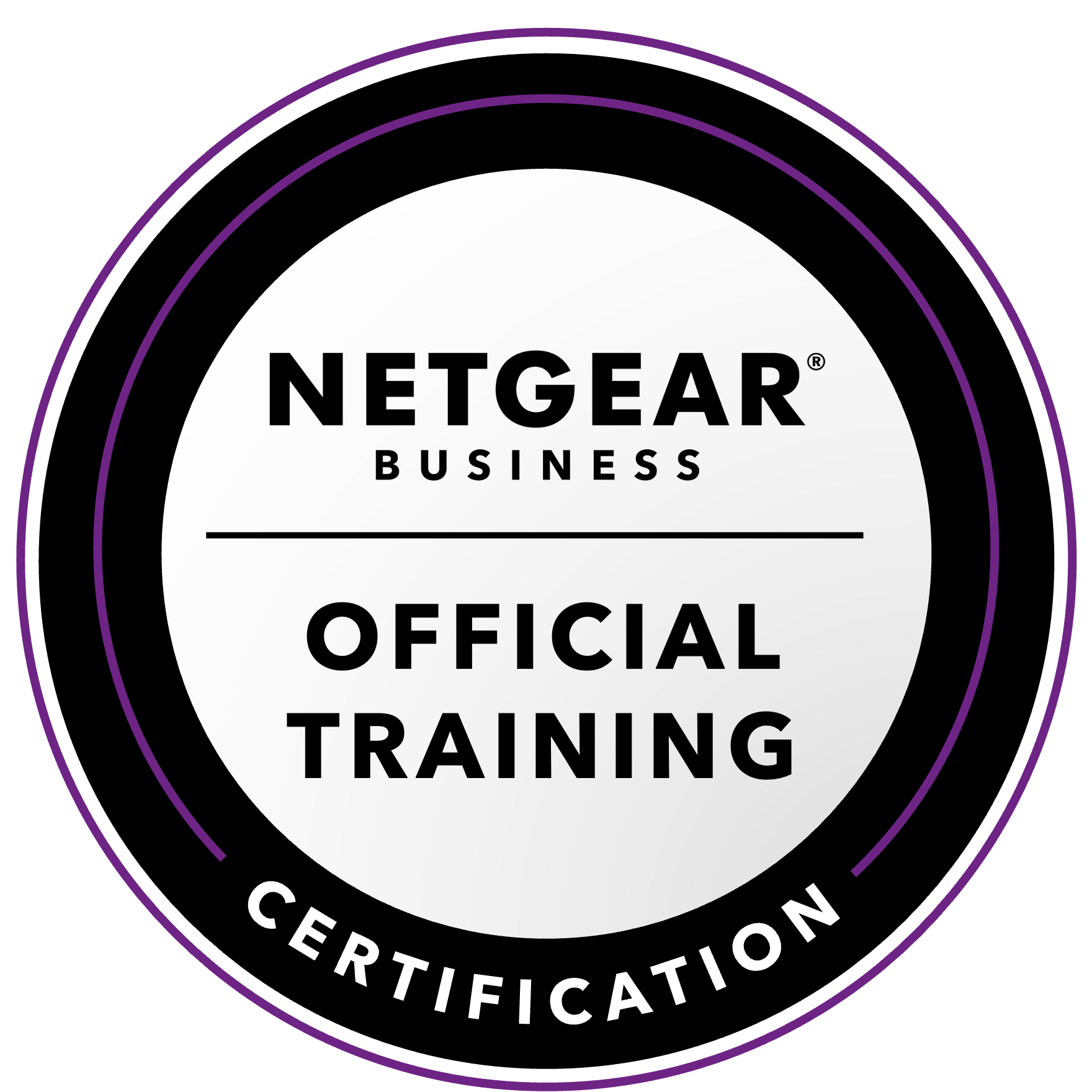NETGEAR is aware of a growing number of phone and online scams. To learn how to stay safe click here.
Forum Discussion
aggy
May 02, 2020Aspirant
Strange issue with ReadyNAS Duo v2 RND2000
I have a strange issue with my ReadyNAS Duo v2 (RND2000) as I can no longer access it via Windows or the web browser but I can ping the IP address and it reponds.
When I first boot it up RAIDar detects it and sees the disk and says all is OK. After a while RAIDar scan cannot find the NAS drive but I can still ping it.
There are no lights flashing on the front panel.
I have treid restoring the firmware image but made no difference.
How can I gain access to my NAS drive again.
Was looking for TFTP instructions to try that option but can't find them.
Support has expired.
Grateful for any advice.
Thanks
Andrew
7 Replies
Replies have been turned off for this discussion
- StephenBGuru - Experienced User
Do you know what firmware it is running?
Also, can you confirm that it says "Duo v2" on the front panel?
The labeling can be confusing - there are a lot of v1 owners who think they have a v2.
aggy wrote:
When I first boot it up RAIDar detects it and sees the disk and says all is OK. After a while RAIDar scan cannot find the NAS drive but I can still ping it.
How can I gain access to my NAS drive again.
Try removing the disk(s) (labeling by slot so you know where they go). Then power up the NAS and see if the RAIDar reports a no-disks status for an extended period.
It'd be best to then test the disk(s) with a Windows PC (seatools for seagate; lifeguard for western digital). You can connect the disk(s) with either SATA or a USB adapter/dock.
If you can't do that (and have two disks in the NAS), then you can try booting the NAS with only one disk, and see if it comes up normally. Start with disk 1 in slot 1 (slot 2 empty), and then try disk 2 in slot 2 (slot 1 empty). If it comes back up, then your top priority is to back up the data on it.
- aggyAspirant
Hi StephenB,
It says ReadyNAS Duo on the front, but the sticker on the bottom says ReadyNAS Duo RND2000 v2.
I think the Firmware is v4.1.6
No LCD on the front. Currently power button (blue light) is flashing and disk light 1 and 2 are on.
RAIDar scan now fails to find anything – it finds the device initially. Ping still replies. Web browser unable to connect.
If I start up with just 1 disk in RAIDar still reports both disks are OK which is clearly incorrect.
Turned firewall off and still unable to connect.
Andrew
- StephenBGuru - Experienced User
aggy wrote:
It says ReadyNAS Duo on the front, but the sticker on the bottom says ReadyNAS Duo RND2000 v2.
As I said, the labels are confusing. You have a v1. The sticker means you have hardware revision 2 of a v1.
Note a v2 would be running 5.3.x firmware.
aggy wrote:
I think the Firmware is v4.1.6
Current firmware is 4.1.16.
aggy wrote:
If I start up with just 1 disk in RAIDar still reports both disks are OK which is clearly incorrect.
Try booting with no disks installed, and see if RAIDar reports a no-disks status.
- StephenBGuru - Experienced User
cheajack77 wrote:
try with this https://www.windowscentral.com/how-access-files-network-devices-using-smbv1-windows-10
That could be part of the puzzle, but he also doesn't have web access and RAIDar can't find it after startup. That suggests something is wrong with the NAS (either with the chassis or the disks).
- aggyAspirant
Thanks for the advice. Now I know I have a V1 RND2000 instead of a V2 i was able to reinstall the correct firmware and get back onto it, so I am back up and running. The SMB v1 issue is a bit of a pain as it is not installed with Windows 10 and is a bit of a security risk. I had only installed it on 1 PC to get access to the NAS. I assume the only way around it is to buy a newer NAS drive?
Related Content
NETGEAR Academy

Boost your skills with the Netgear Academy - Get trained, certified and stay ahead with the latest Netgear technology!
Join Us!
